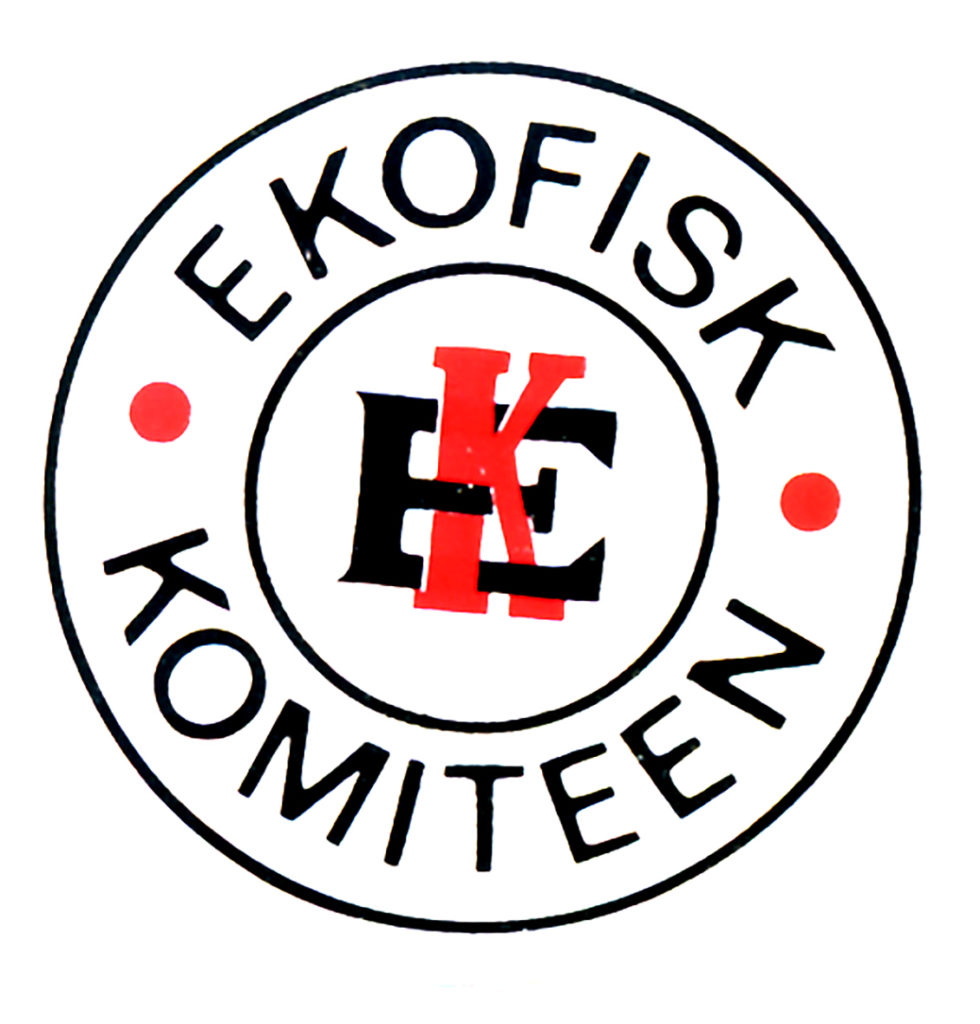Ekofisk Committee established

The year before I joined [in 1974], Phillips had wanted some employee representatives it could deal with. An election was organised by the company – roughly similar to the way classroom representatives are elected at school, where you’re not a member, but just elect somebody to represent you.
Employees got a kind of collective bargaining system with Phillips, which came into force in 1973. The company called this the Phillips Petroleum Norway Offshore Employee Committee (PPOEC) – a cumbersome name.
When I arrived offshore with my Young Conservative background, I observed that a campaign was under way to the join the Norwegian Confederation of Trade Unions (LO).
Some wanted to belong to the Norwegian Seamen’s Union, which was part of the LO. That applied particularly to people who had worked on the mobile rigs before moving to the fixed installations.
The Norwegian Union of General Workers was another option. But a number of older seafarers out there were negative to the seamen’s union. That gave scope to think along other lines.
One of the issues pursued was implementing measures which accorded with Norway’s Worker Protection Act, which included working time provisions and preceded the Working Environment Act.
But Phillips wasn’t willing to discuss working time arrangements. To raise issues related to overtime, for example, we needed an organisation with lawyers and people able to take on Phillips in court.
The PPOEC was useless. It had no strike fund, it had no legal support, it had nothing, but simply went along with what Phillips said.
I was sitting on the Ekofisk 2/4 FTP platform talking about this one day with one of the operators, a former ship’s officer, when he said: ”Yes, you’re just like the others. You talk big, but do nothing”.
“OK,” I said. “Shall we have a go at establishing something here ourselves, and establish a union?” ”Yes,” he replied. “If you get things going, I’ll join you, too.”
I later talked with the elected PPOEC officials. Ekofisk 2/4 B and D had just been put into place, and then there was the Ekofisk Complex.
After getting hold of those with elected office, I asked whether we should form a proper union instead, with dues and the like.
Since we weren’t seafarers and didn’t want to join the Seamen’s Union, I argued, we’d just have to manage without LO affiliation.
Working time provisions and protection from dismissal for seafarers had a different character which we weren’t interested in. We didn’t feel the Seamen’s Act suited our workplace.
 arbeidsliv, ekofiskkomiteen, fagforening, ekofisk-komiteen opprettes
arbeidsliv, ekofiskkomiteen, fagforening, ekofisk-komiteen opprettesAfter the elected officials gave me the green light to try establishing a new union, we held an election. The person who’d taken the initiative – me, in other words – was voted into the chair. That’s the way the world is.
We then established an executive committee and introduced union dues. I don’t think they were more than NOK 10 or something like that. Virtually everybody joined.
The next step was to go to Phillips and say we wanted to negotiate. But I had no union experience, of course. The Conservative Party school I’d attended didn’t have the Worker Protection Act on the curriculum, so I knew nothing about it.
When [Labour-supporting] Stavanger daily Rogalands Avis learnt that I’d become chair out there, it published huge stories about how a Conservative couldn’t run a union.
My response was to mock the articles. I said to people on Ekofisk: “You know more about what I’ve done than appears in the paper. It may well fool people who read it at home, but it can’t fool you.”
We took over the PPOEC name. But then I thought that Phillips Petroleum Norway Offshore is actually this field, so we simplified it [in 1975] to the Ekofisk Committee. We used ”Ekofisk-komiteen” as the Norwegian designation.
Help was needed. The Conservative Party office in Stavanger recommended Tormod Våland for legal advice, and he found the oil industry, the Worker Protection Act and its provisions very interesting. He got to grips with the issues and demanded a lot from us as well.
 Bakgrunn for første husforening på Ekofisk, logo,
Bakgrunn for første husforening på Ekofisk, logo,I was virtually persecuted by a number of supervisors out there. As an electrician, my shift was from 06.00 to 18.00. During that time, all union work was forbidden. It had to be done in the evenings.
When I wanted to visit a neighbouring platform on union business, I wasn’t allowed to take a helicopter, but had to be lowered by basket to a supply ship and return the same way. And I had to be back at work by 06.00.
So I travelled around the various platforms at night, and made deals with supply ships and the like to achieve that. I had to adapt to their sailing patterns.
So it was a victory when I managed to get permission to travel back to my own platform after 06.00, because they shuttled a lot of people at that time.
Some of the supervisors alleged that I had pursued union activities during working hours. I was carpeted for that several times, and criticised for it.[REMOVE]Fotnote: Øyvind Krovik interviewed by Kristin Øye Gjerde, 31 January 2002 (extract).
